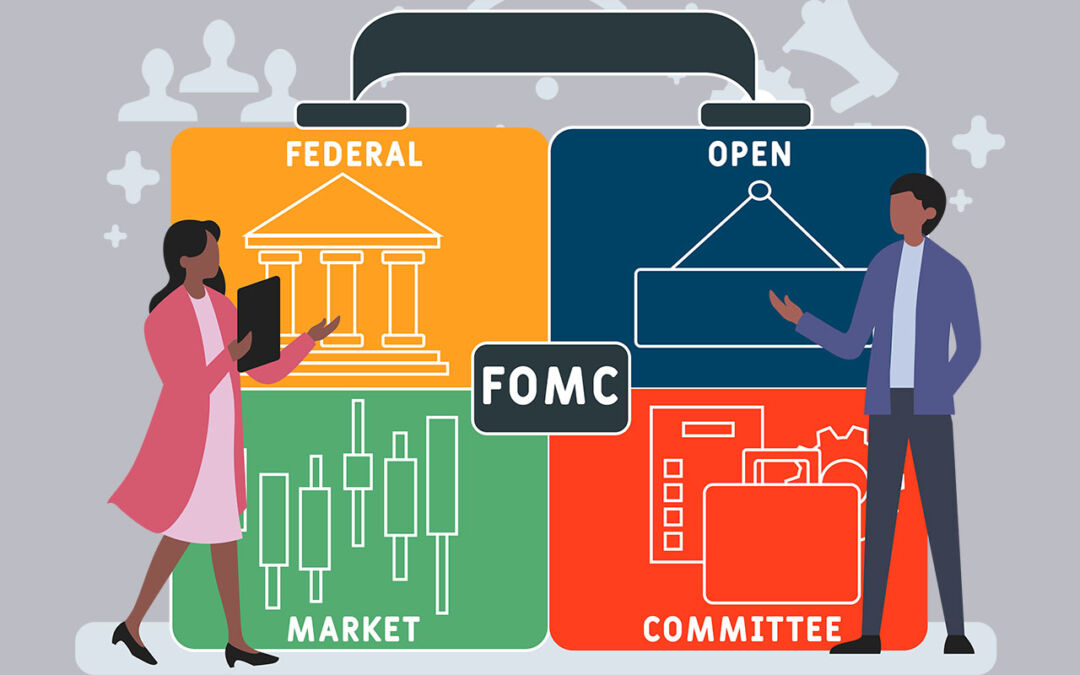The value of racial and gender diversity at the Federal Reserve

The Federal Reserve’s so-called dual mandate to maintain overall price stability and maximum sustainable growth in U.S. employment is always on the minds of the U.S. central bank’s Federal Open Market Committee. The 12-member FOMC sets benchmark interest rates, which indirectly affect both inflation and the U.S. labor market. But the reverse also is true: How members of this committee communicate their views on achieving their dual mandate to the U.S. public can indirectly affect future macroeconomic trends.
A new working paper in Equitable Growth’s Working Paper series examines the importance of communicating Fed macroeconomic forecasts through the lens of racial and gender diversity. Specifically, the three co-authors of the new working paper— Francesco D’Acunto at Boston College’s Carroll School of Management, Andreas Fuster at the Swiss Finance Institute, and Michael Weber at the University of Chicago’s Booth School of Business—examine whether the race and gender of FOMC members who communicate their views on inflation and unemployment influence the beliefs of diverse members of the U.S. public when it comes to their subjective views on inflationary expectations and the level of unemployment. As the three co-authors note, policymakers stress the importance of the public’s “trust in the central bank for an effective transmission of monetary policy, and public trust is a necessary condition for central banks’ independence.”
The new research, “Diverse Policy Committees Can Reach Underrepresented Groups,” finds that Black men and women and White women are much more likely to align their economic expectations with that of FOMC members from a diverse demographic of the members who took part in the approval of the Fed’s macroeconomic forecast. Yet the three co-authors also find that Hispanic respondents and White men trusted the views of FOMC members regardless of their race or gender. The lack of representation of races other than Black and White among the 12 permanent and rotating members of the Federal Open Market Committee, who are drawn from the Federal Reserve’s regional presidents and the Federal Reserve Board in the nation’s capital, made it impossible to draw conclusions on their potential influence on consumers’ expectations.
These findings offer important insights into how the diverse composition of the Federal Open Market Committee can directly affect expectations about future U.S. unemployment levels and, to a lesser extent, inflationary expectations—perhaps the key measure of medium- to long-term inflation. The findings indicate that diversity at the highest levels of the Federal Reserve System alone can influence the macroeconomic expectations of the U.S. public.
To test the effect of the “diversity salience” of FOMC members with the U.S. public, the three co-authors conduct a series of surveys on underrepresented groups of the U.S. population, alongside White men, who comprised 25 percent of the 9,000 survey respondents. The co-authors assess these respondents’ unemployment and inflation projections before and after being presented with a curated memo that included one of three photos of demographically diverse FOMC committee members.
Their findings highlight why the lack of diversity at the highest level of decision-making matters at the Fed. According to a recent research report by The Brookings Institution, “there have only been three Black members of the Fed’s Board of Governors, only one Black Federal Reserve Bank President, and only three nonwhite Federal Reserve Bank presidents in the entire system’s history.” A similar, though “less dire” pattern is evident in the case of women directors in the Federal Reserve System, according to the Brookings report. There has never been a Hispanic Federal Reserve System president or Federal Reserve Board member.
But there are some important caveats to the findings in the new working paper by D’Acunto, Fuster, and Weber—caveats that emerge when looking at how the three co-authors conducted their surveys of individual members of the U.S. public. First of all, the importance of diversity among FOMC members is more telling when communicating the Fed’s views on unemployment forecasts than on inflationary expectations. The co-authors argue that the survey responses related to inflation are positively correlated with the diversity of the FOMC members communicating that information, but that unemployment was more of a tangible concept to respondents, who could see how their particular demographic groups were affected.
Then, there’s the issue of diversity in the economics profession itself and how that shapes research and policymaking. Recognizing this problem, the three co-authors (all White male scholars) registered their proposed experimental design and analyses in the American Economic Association RCT Registry before implementing the experiment so that the broader research community could comment on and assess the impartiality of their methods before the data were collected. Due to the lack of diversity detected also in the broader research community, though, expanding the diversity of scholars researching economics—and, in the case of this research specifically, on the impact of FOMC members’ communications on the central bank’s macroeconomic forecasts—could well improve future economics communications and academic literature.
Still, the overall findings in this new research demonstrate that diverse representation alone among FOMC members, regardless of the information they are conveying, has the power to influence U.S. communities that are underrepresented in high-level policy committees. Importantly, FOMC members from historically excluded groups of Americans are better able to reach underrepresented groups without leading to decreased trust or lower attention levels among other groups, including White males. Hence, committee diversity can improve the aggregate transmission of monetary policy to the U.S. public.






